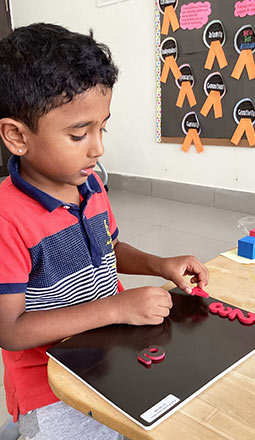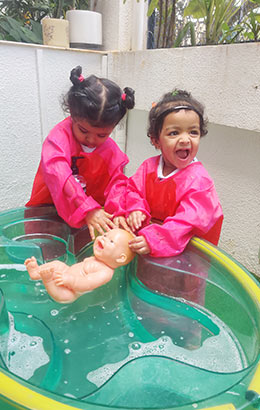Education is an ongoing process that is constantly evolving. Educationists are investigating different ways of learning where it is fun and the child is engaged and involved in activities. There are a few ways which have been extremely effective in the classroom which helps the children to learn and apply their knowledge are active and interactive learning.
Active learning engages a child in activities such as reading, writing, problem solving, classroom discussions instead of passively listening to the teacher or instructor.
Learners have better understanding when they are actively involved, and the active learning process is extremely effective. The child participates in the activities or discussions which is evidence of their understanding. Active learning takes children through the higher order thinking process in the ‘Bloom’s Taxonomy’ which is beyond just knowledge into understanding, applying, analysing, evaluating, and then creating. Through this method of learning, learners can self-evaluate and recognize the methods of learning that they enjoy or what is challenging for them. Learners can choose the methods which are challenging enough for them, but at the same time not too difficult where they lose interest. Keeping this process in mind, teachers can plan their lessons accordingly as it will prove to be more effective.
Interactive learning on the other hand is a hands-on approach. This process involves the learners with firsthand experience as they will apply their knowledge and engage themselves in activities. This also incorporates the use of technology to give the child a learning experience. Interactive learning helps the child in many different ways.
The steps of interactive learning are:
- Learners come up with questions that they have the desire to learn about. They develop a problem statement which requires understanding, inquiry and citation which will result in a constructed result.
- Learners need some time to find out about the topic while they are in class as the facilitator can guide them if they are not going in the specific direction required. The facilitator must make the learners ponder by asking them a few questions to show them a path.
- The next step if for the learner to present their understanding and share their knowledge and experience with their peers. This helps the facilitator to recognize the level at which the learner is? Whether the research conducted was just at the surface level or is their deeper understanding of the problem statement. Learners can organize their understanding by using a chart or a PPT.
- Finally students will have to reflect upon their research journey of what went well and things that did not work. In the process of researching, it is not only that they learn about the problem statement, but the process also involves other aspects like choosing the right information and the ways to proceed that will help them to achieve fruitful results.
- There are multiple studies that have been conducted which prove that interactive learning environments help to improve the learner’s cognitive skills. In addition it also supports SEN learners with instrumental learning. This process helps in the development of language skills, math skills and science knowledge. Studies show that interactions with peers and student-teacher interaction have a key role in achieving best results.
By: Ms Pinky Singh, Early Years Facilitator, Koramangala








